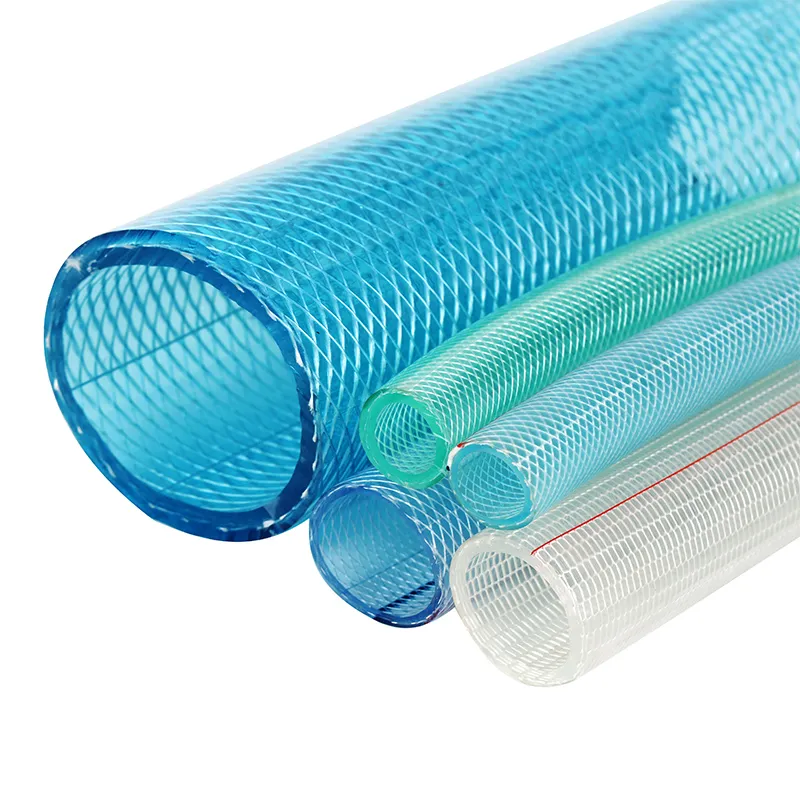How to Attach PVC Pipe to a Garden Hose Efficiently and Effectively
Connecting PVC Pipe to Garden Hose
When it comes to gardening and watering your plants, having a reliable connection between your PVC piping system and your garden hose can significantly improve efficiency and convenience. PVC pipes are durable, versatile, and commonly used for irrigation systems, while garden hoses offer flexibility and portability for watering. Properly connecting these two can enhance your gardening experience, making it smoother and more effective. Here’s a step-by-step guide on how to achieve this connection, along with some tips and considerations.
Materials Needed
To connect PVC pipes to garden hoses, you will need the following materials
1. PVC Pipe The length and diameter will depend on your irrigation design. 2. Garden Hose Ensure it's suitable for your watering needs. 3. PVC Hose Adapter This is essential for bridging the gap between the rigid PVC pipe and the flexible garden hose. 4. Hose Clamp To secure the connection between the hose and the adapter. 5. PVC Cement (optional) If you prefer a permanent connection. 6. Teflon Tape To ensure a watertight seal.
Step-by-Step Instructions
Step 1 Measuring and Cutting the PVC Pipe
Determine the length of PVC pipe you need for your project. Use a pipe cutter or a hacksaw to cut the pipe to size. Ensure that the cut is straight to allow for a better fit with the adapter.
Step 2 Choosing the Appropriate Hose Adapter
Select a PVC hose adapter that matches the diameter of your PVC pipe on one end and the diameter of your garden hose on the other end. Hose adapters typically have male and female ends, so pay attention to the threading.
connecting pvc pipe to garden hose

Step 3 Preparing the Connection
Clean the edges of the cut PVC pipe to remove any burrs. If you are using PVC cement for a permanent connection, apply it to the end of the pipe and the inside of the adapter. Quickly connect the two and hold them in place for a few seconds until the cement sets.
Step 4 Attaching the Garden Hose
If you’re using a hose, slide the end of your garden hose onto the appropriate end of the adapter. Make sure it fits snugly. To secure it further, use a hose clamp around the connection. Tighten the clamp using a screwdriver to prevent leaks.
Step 5 Sealing the Connection
To ensure a watertight connection, wrap Teflon tape around the threaded parts of the adapter before attaching the hose. This will help to prevent any leaks when water flows through the system.
Tips and Considerations
- Flexibility vs. Durability Remember that rubber hoses provide flexibility but can wear out over time, while PVC is durable but can be rigid. Think about your irrigation needs and choose materials accordingly. - Seasonal Changes If you live in an area with harsh winters, consider disconnecting your garden hose from the PVC to prevent freezing and cracking. - Regular Maintenance Check your connections regularly for any signs of wear or leaks. Tighten hose clamps as needed. - Plan for Expansion If you plan to expand your garden in the future, consider using a detachable system for easier modifications.
Conclusion
Connecting PVC pipe to a garden hose can be a straightforward task when you have the right materials and follow the steps carefully. This connection not only allows for efficient watering but also enhances your gardening capabilities. With this guide, you’re well-equipped to set up a reliable irrigation system that keeps your garden thriving. Remember to consider the unique aspects of your garden and adjust your setup to meet your specific watering needs. Happy gardening!
-
PVC Suction Hoses: Flexible, Durable Fluid Transfer SolutionsNewsAug.28,2025
-
Advanced Corrugated Pvc Hose Technology for Modern Industrial NeedsNewsAug.22,2025
-
Premium Fire Water Hose Solutions for Global IndustriesNewsAug.22,2025
-
Industrial Suppliers Guide to Premium Double Welding Hose SolutionsNewsAug.22,2025
-
Premium PU Pneumatic Hose Solutions for Industrial ApplicationsNewsAug.22,2025
-
Wholesale PVC Garden Hose China Solutions for Global BuyersNewsAug.22,2025














